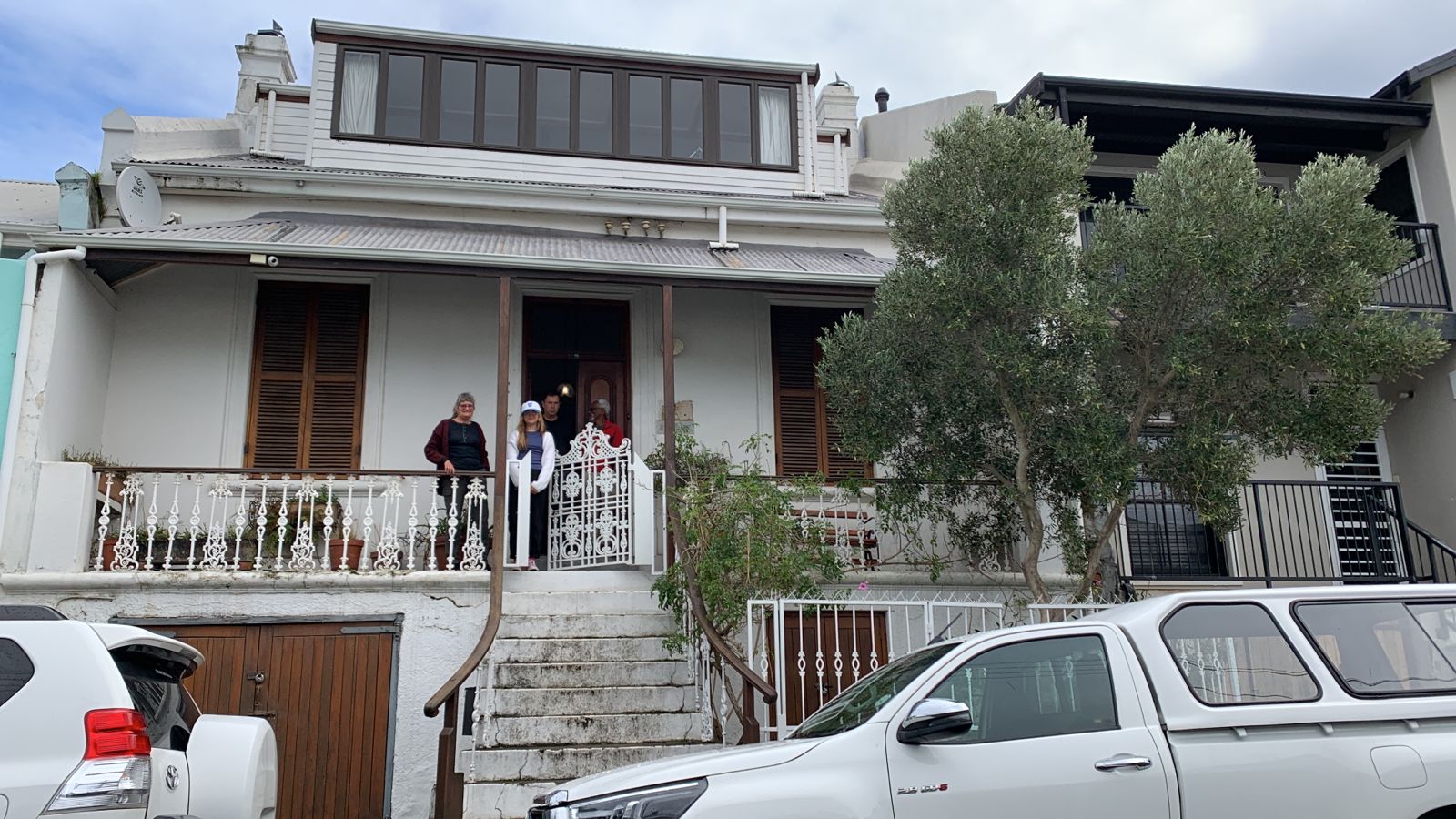Situated at the foot of Signal Hill, on the fringe of the City Centre, and formerly known as the Malay Quarter, the Bo-Kaap’s origins date back to the 1760's, when numerous “huurhuisjes”; which means, (rental houses). Were built and leased to slaves by the Dutch Colonists. These people were known as Cape Malays, who were brought from Malaysia, Indonesia and the rest of Africa to work in the Cape. Houses are a mix of Cape Dutch and Georgian Architecture. The choice of colour is said to be attributed to the fact that while on lease, all the Houses had to be white! When this rule was eventually lifted, and the slaves were allowed to buy the Properties, all the Houses were painted bright colours by their owners as an expression of their freedom! Many of the families in the Bo-Kaap have been living there for Generations. Today the Bo-Kaap Community is a significant part of Cape Towns Cultural Heritage. The oldest Building in the Bo-Kaap is in Wale Street and currently houses the Bo-Kaap Museum. "This is the best place to discover the real History of the Area and to get a glimpse into the life of a typical Malay family!" (It has been suggested that the Bo-Kaap residents no longer refer to themselves as Cape Malay but rather, South African Muslims). The first established Muslim Mosque in South Africa, the Auwal Mosque, can also be found in the Bo-Kaap. A five-minute walk from the City Centre and De Waterkant and a 20-minute walk to the V&A Waterfront, the Bo-Kaap is best accessed by foot along Wale Street. Explore the Islamic “kramats” (shrines), mosques and food and craft markets, and discover the delicious Cape Malay cooking style!

Typical 'white house' in Bo-Kaap